When heavy rain falls, thoughts naturally turn to the risks of flooding, especially in parts of the UK that are more prone than others.
But with rain such a common fixture of Britain's weather, should we expect floods to happen more often? To answer that, it's best to consider what causes floods in the first place.
Basically, a flood happens when a large amount of water moves or spreads beyond its normal boundary.
An example could be when a river bursts its banks and overflows onto the surrounding land, or when the sea overflows onto the land in coastal regions.
Floods can be predicted by the weather a locality is experiencing, but can occur almost out of the blue. This type of flooding is known as a flash flood - it can cause significant damage and loss of life, as people were not expecting it.
Are there different types of floods?
There are several types of flooding, but two of the most notable are coastal floods and river floods. The type of flooding experienced very much depends on the water system that is close to the area experiencing it.
What causes a flood?
There are several factors that can cause floods. River flooding usually happens when there has been a great deal of rainfall higher up in the river course which then travels down and overflows the riverbanks.
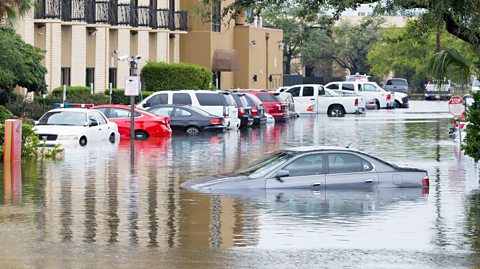
In higher or colder regions, melting snow or ice have the same affect and cause the river level to rise above its banks and flood.
Coastal flooding usually happens during a tropical storm. It is caused by storm surges and large waves moving towards the drier and usually low level land. These surges travel overland, cause coastal areas to be flooded and can devastate the impacted areas.
Are floods becoming more common?
Flooding is becoming more common as the climate of the planet changes. Places such as Bangladesh are most prone to flooding. This is due to two main factors, the intense monsoon season that the country experiences and the very flat nature of the land.
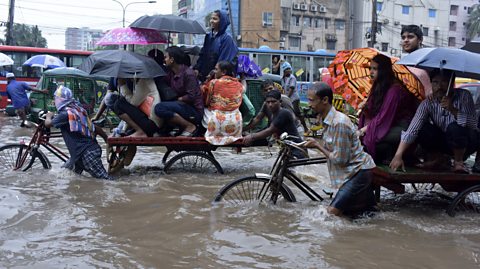
Since 1910 in the United Kingdom, there have been 17 record breaking months of rainfall.
Nine of these have been since the year 2000, which shows that we are experiencing higher levels of rainfall which can impact on the risk of flooding.
What can people do to protect against floods?
There are many things that people do to protect themselves and their properties from flooding.
One of the best and more environmentally friendly things is to not build on flood plains. Flood plains are areas of open land that are left for rivers to naturally flood onto when the river level is high.

If these are managed correctly, they are prevent towns and villages lower down the river course form flooding. In some countries, rivers are used to dispose of rubbish. This can cause rivers to block and can also result in flooding. How people manage their waste and recycling can impact on the flood risk to a location.
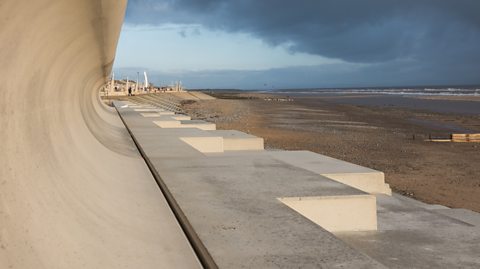
In coastal regions, sea defence walls are often built to try to keep the sea level at bay and to protect people and property from flooding.
Tools to reduce the strength of the waves hitting the shore such as off shore breakwaters can help to preserve the natural beach and sand dunes in coastal areas which in turn reduce the strength of the waves hitting flood defence walls.
Find out more about the British weather
Your guide to the nation's favourite topic of conversation.
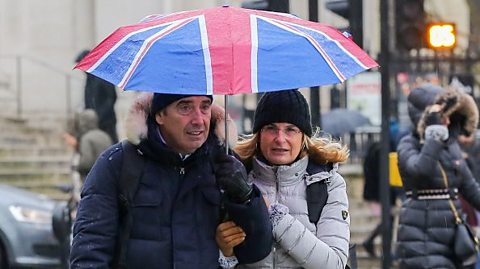
Seven facts about our roads that will fuel your intrigue
You probably use them everyday, and they're more interesting than you might think.
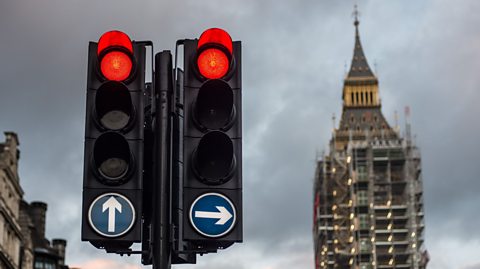
Motion of vehicles
Read this to learn more about how cars move and brake.
